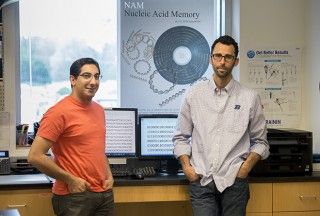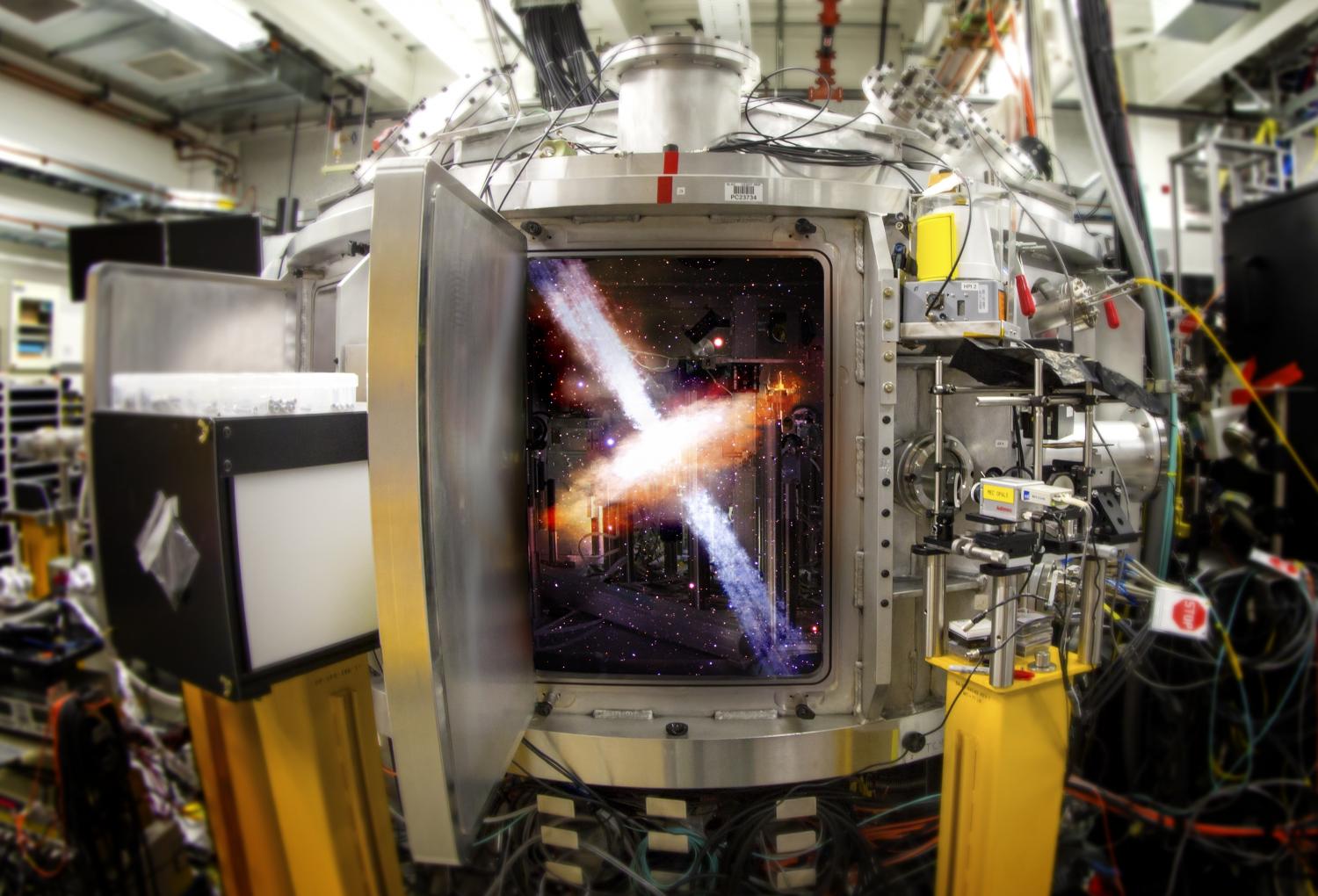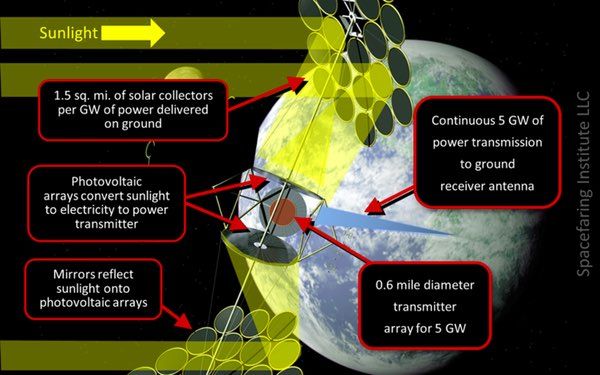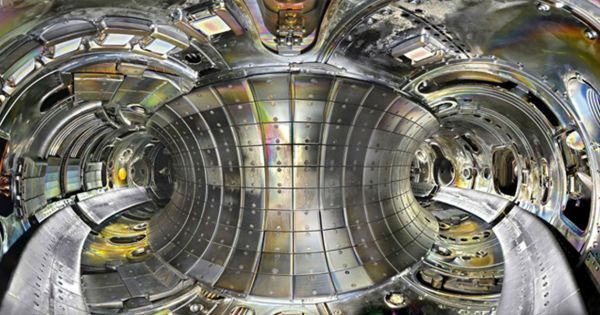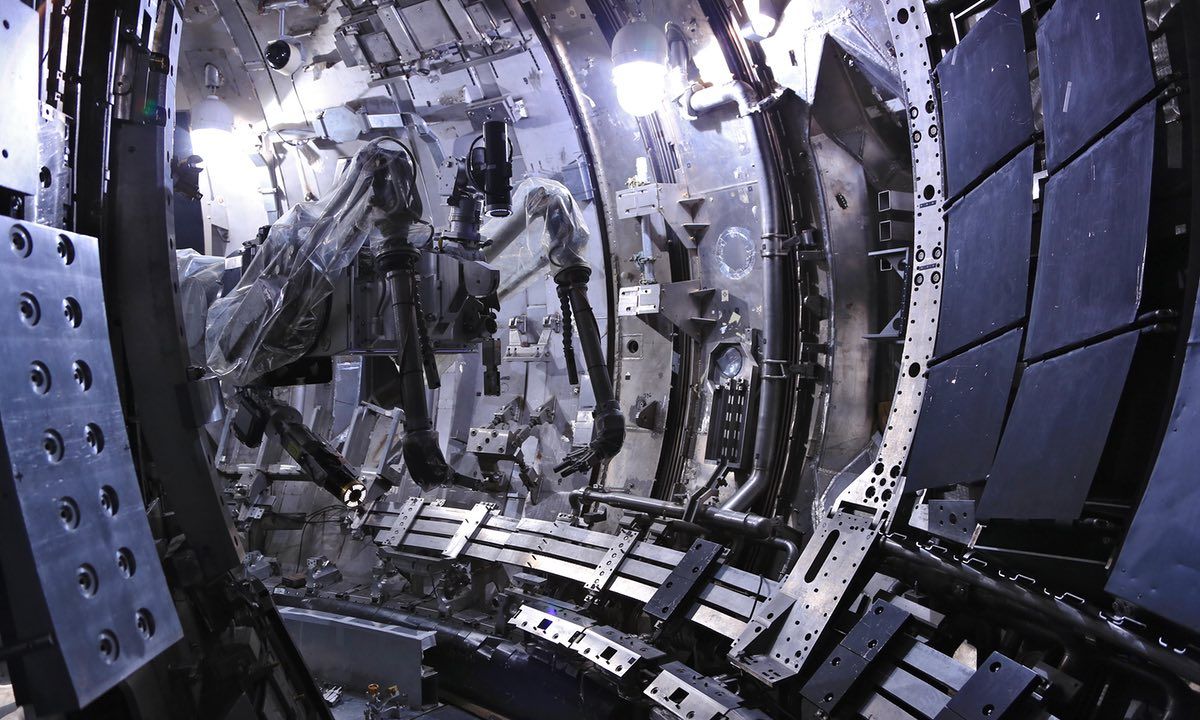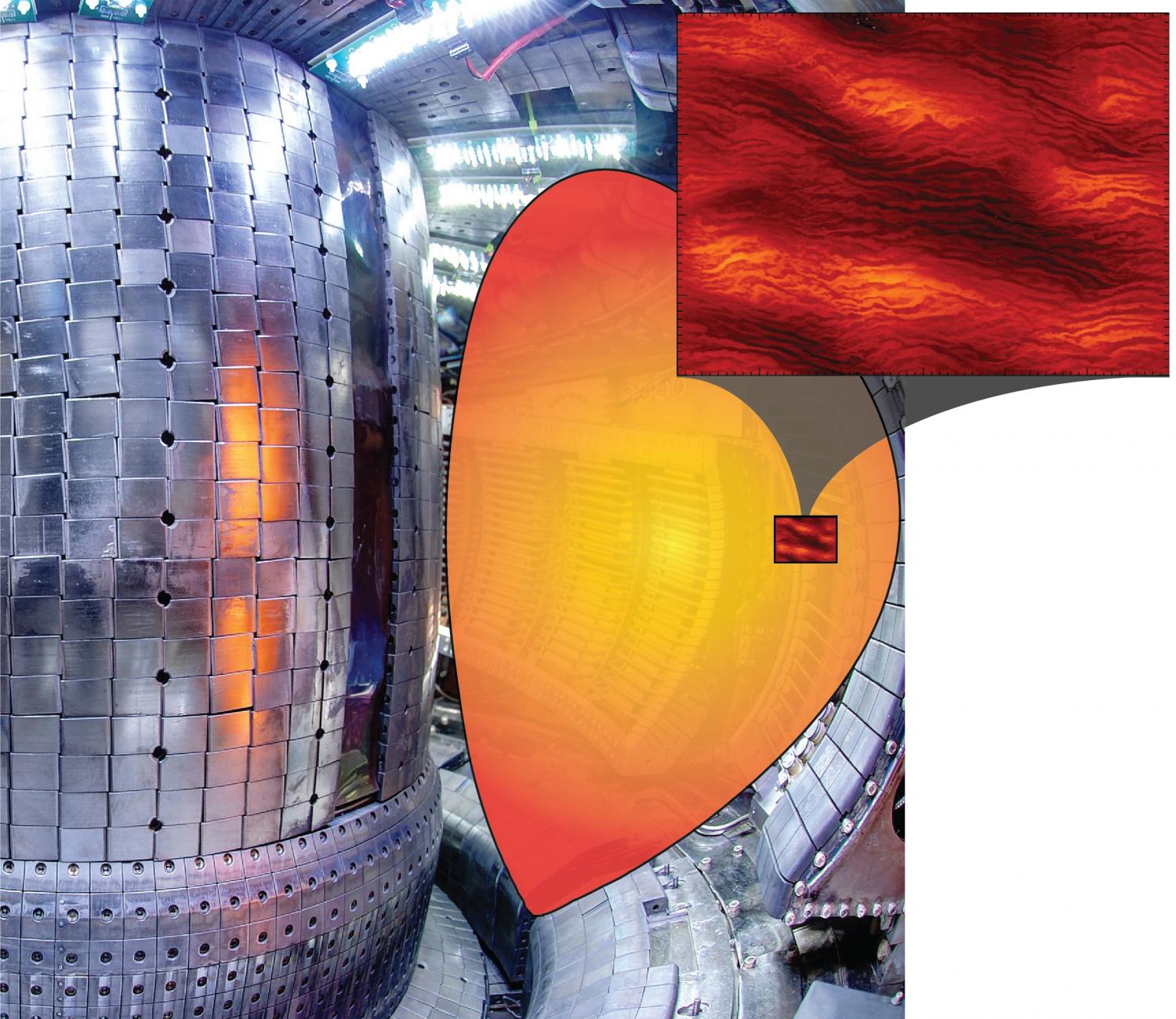Archive for the ‘nuclear energy’ category: Page 123
May 28, 2016
Win-win cooperation lifts China-Russia energy partnership to new high
Posted by Karen Hurst in categories: nuclear energy, sustainability
Energy partnerships certainly do make strange bed fellows/.
MOSCOW, May 28 — Energy cooperation between China and Russia, featuring mutually beneficial cooperation in oil, natural gas, electricity, coal as well as nuclear and renewable energy, has been ever growing and has reached a new high.
May 13, 2016
NASA satellites find trigger for magnetic explosions near Earth for first time
Posted by Sean Brazell in categories: nuclear energy, satellites
Explosive storms spawned by interactions between the magnetic fields of Earth and the sun can endanger satellites, spacecraft and astronauts in space, as well as power grids on Earth. Now, a fleet of NASA spacecraft has for the first time directly witnessed the mysterious way in which these magnetic explosions occur.
This work could help shed light on dangerous solar outbursts and help improve the design of advanced nuclear reactors, researchers said. The discovery was made using NASA’s Magnetospheric Multiscale mission (or MMS for short), which launched four spacecraft into Earth’s magnetosphere, the bubble of plasma controlled by the planet’s magnetic field.
SEE ALSO: Satellite quartet: NASA’s Magnetospheric Multiscale Mission in pictures.
Continue reading “NASA satellites find trigger for magnetic explosions near Earth for first time” »
Apr 27, 2016
Biology May Hold Key to Better Computer Memory
Posted by Karen Hurst in categories: biological, computing, engineering, nuclear energy, sustainability
Of course bio technology holds the key for better memory.
Newswise — A group of Boise State researchers, led by associate professor of materials science and engineering and associate dean of the College of Innovation and Design Will Hughes, is working toward a better way to store digital information using nucleic acid memory (NAM).
It’s no secret that as a society we generate vast amounts of data each year. So much so that the 30 billion watts of electricity used annually by server farms today is roughly equivalent to the output of 30 nuclear power plants.
Continue reading “Biology May Hold Key to Better Computer Memory” »
Apr 15, 2016
SLAC researchers recreate the extreme universe in the lab
Posted by Andreas Matt in categories: nuclear energy, physics, space, supercomputing
Conditions in the vast universe can be quite extreme: Violent collisions scar the surfaces of planets. Nuclear reactions in bright stars generate tremendous amounts of energy. Gigantic explosions catapult matter far out into space. But how exactly do processes like these unfold? What do they tell us about the universe? And could their power be harnessed for the benefit of humankind?
To find out, researchers from the Department of Energy’s SLAC National Accelerator Laboratory perform sophisticated experiments and computer simulations that recreate violent cosmic conditions on a small scale in the lab.
“The field of laboratory astrophysics is growing very rapidly, fueled by a number of technological breakthroughs,” says Siegfried Glenzer, head of SLAC’s High Energy Density Science Division. “We now have high-power lasers to create extreme states of matter, cutting-edge X-ray sources to analyze these states at the atomic level, and high-performance supercomputers to run complex simulations that guide and help explain our experiments. With its outstanding capabilities in these areas, SLAC is a particularly fertile ground for this type of research.”
Apr 5, 2016
Federal legislation to jumpstart space solar power
Posted by Karen Hurst in categories: climatology, economics, food, government, law, nuclear energy, security, solar power, space, sustainability
The United States is transitioning from a primary reliance on fossil fuels to greater use of sustainable natural and nuclear energy sources. There are two reasons for this transition. The first reason is that the abnormally high and increasing level of atmospheric carbon dioxide has created scientific uncertainty and concern as to the detrimental impact this may have on the environment and, consequentially, human civilization. Almost certainly, this abnormal level is due to anthropogenic causes linked to the tremendous expansion in the human population since the early 1700s, the growth of human civilization (e.g., agriculture and industrialization), and the increasing use of fossil fuels. Although fossil fuels have enabled worldwide progress in elevating the standard of living, most of the world’s nations have reached the conclusion that the world should transition entirely to sustainable energy by 2100 (see “The Paris climate agreement and space solar power”, The Space Review, February 29, 2016). It is, however, very important to manage this transition carefully to avoid economic hardship or energy deprivation.
While the United States has large remaining fossil fuel resources, only some are technically recoverable with current safe, legal, and profitable extraction methods. The remaining known and yet-to-be-discovered domestic technically recoverable fossil fuels are inadequate to sustain US fossil fuel energy needs to the end of this century, especially given likely continued immigration-driven US population growth (see “US fossil fuel energy insecurity and space solar power”, The Space Review, March 7, 2016). While the United States has an ethical environmental obligation to end its use of fossil fuels by the end of the century, the reality of having inadequate oil and natural gas resources makes the urgency of transitioning successfully to new sustainable energy sources a clear matter of national energy security. This warrants federal government leadership and strong American private sector engagement.
Unfortunately, due to its large and growing population and per capita energy needs, the United States lacks sufficient suitable land to utilize terrestrial renewable energy to replace fossil fuels. (see “US terrestrial non-fossil fuel energy vs. space solar power”, The Space Review, March 14, 2016). While the United States will utilize terrestrial domestic renewable energy to the extent it is politically acceptable, many factors will likely limit their scale-up. The expansion of nuclear fission energy is also not a satisfactory approach, given the large number of reactors needed. These factors lead to the conclusion that only space-based sustainable energy, such as space solar power, will enable the United States to practically transition away from fossil fuels.
Mar 28, 2016
Scientists Made a New Metal, and it Makes Nuclear Reactors Even Stronger
Posted by Shailesh Prasad in categories: materials, nuclear energy
An international team of researchers has developed a new type of metal alloy that could make nuclear reactors safer and more stable in the long term. The new material is stronger and lasts longer than steel.
Scientists have developed a new kind of high quality metal alloy that is suitable to use in building nuclear reactors. While it might not be a metal that has been invented entirely from scratch, it’s only recently that we have been able to produce this kind (this quality) of metal. And it could mean great things for nuclear technologies.
Harvesting Nuclear Power
Continue reading “Scientists Made a New Metal, and it Makes Nuclear Reactors Even Stronger” »
Mar 25, 2016
Nuclear fusion needs a ‘Wright brothers’ moment, says firm closing on the target
Posted by Andreas Matt in categories: climatology, nuclear energy, sustainability
Nuclear fusion needs a “Wright brothers” moment, to convince the world of its promise of unlimited clean and safe energy and so unlock significant private investment, according to a physicist whose says his company is closing in on that goal.
David Kingham, the chief executive of Tokamak Energy, has announced his company’s target of producing its first electricity by 2025 and feeding power into the grid by 2030, as well as investment from the UK’s Institution of Mechanical Engineers.
Harnessing the nuclear energy which powers the sun has long been touted as the ultimate solution to the challenge of powering the world while halting climate change. But, as fusion sceptics often say, the reality has stubbornly remained a decade or two away for many years.
Mar 7, 2016
Multi-scale simulations solve a plasma turbulence mystery
Posted by Karen Hurst in categories: nuclear energy, particle physics, supercomputing
Solving the turbulence plasma mystery.
Cutting-edge simulations run at Lawrence Berkeley National Laboratory’s National Energy Research Scientific Computing Center (NERSC) over a two-year period are helping physicists better understand what influences the behavior of the plasma turbulence that is driven by the intense heating necessary to create fusion energy. This research has yielded exciting answers to long-standing questions about plasma heat loss that have previously stymied efforts to predict the performance of fusion reactors and could help pave the way for this alternative energy source.
The key to making fusion work is to maintain a sufficiently high temperature and density to enable the atoms in the reactor to overcome their mutual repulsion and bind to form helium. But one side effect of this process is turbulence, which can increase the rate of plasma heat loss, significantly limiting the resulting energy output. So researchers have been working to pinpoint both what causes the turbulence and how to control or possibly eliminate it.
Continue reading “Multi-scale simulations solve a plasma turbulence mystery” »
Mar 3, 2016
Zoom to Mars in 6 weeks with new Russian nuclear-fission engine
Posted by Andreas Matt in categories: nuclear energy, space travel
A nuclear power propulsion system could propel a spacecraft to Mars in just over a month, a huge step forward from the current 18 months required. Russia might test a nuclear engine as early as 2018, the head of the Rosatom nuclear corporation revealed.
Another advantage of a nuclear engine is that it enables a spacecraft to maneuver throughout the flight, whereas existing technology only makes a defined trajectory flight possible.



